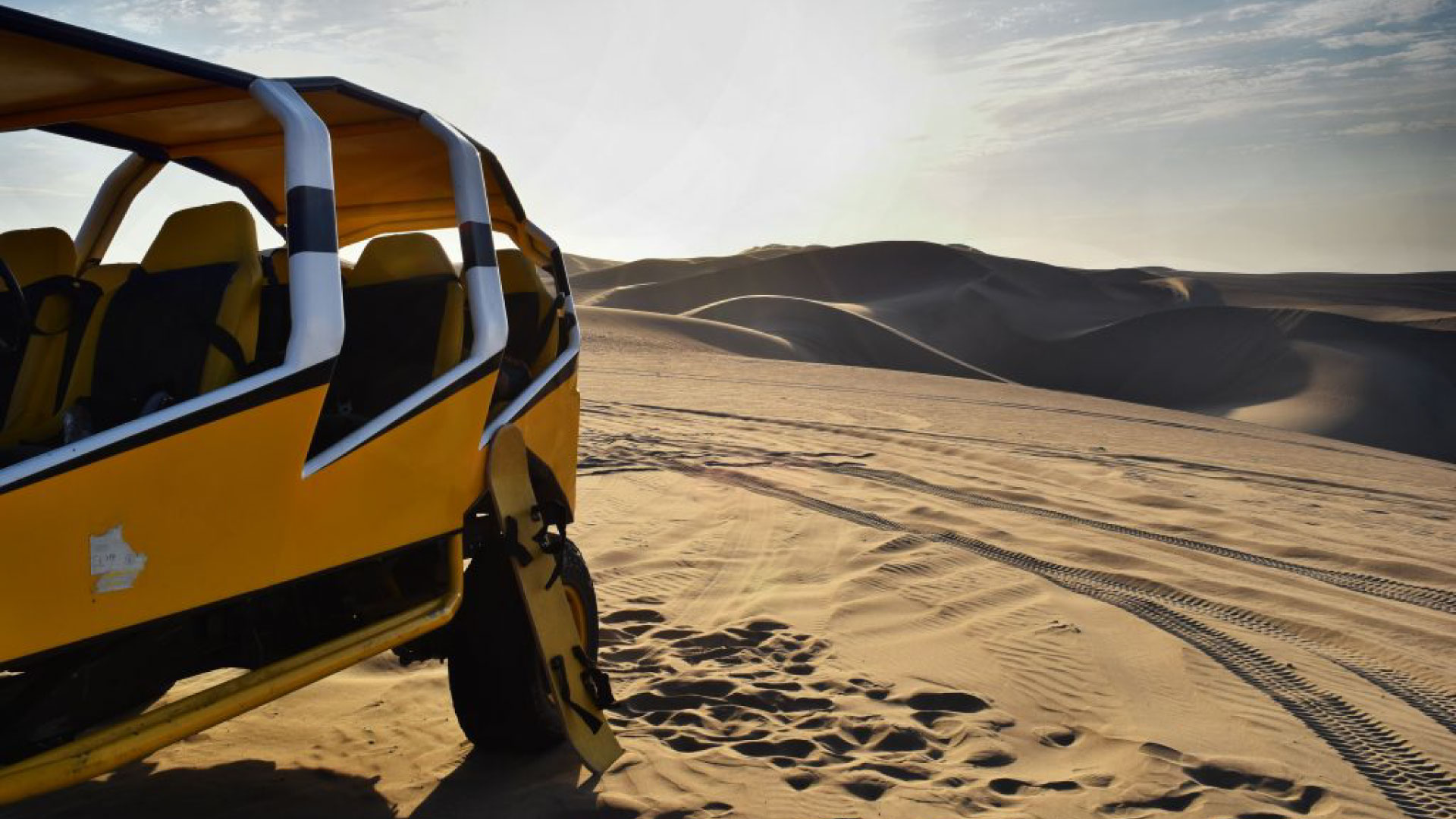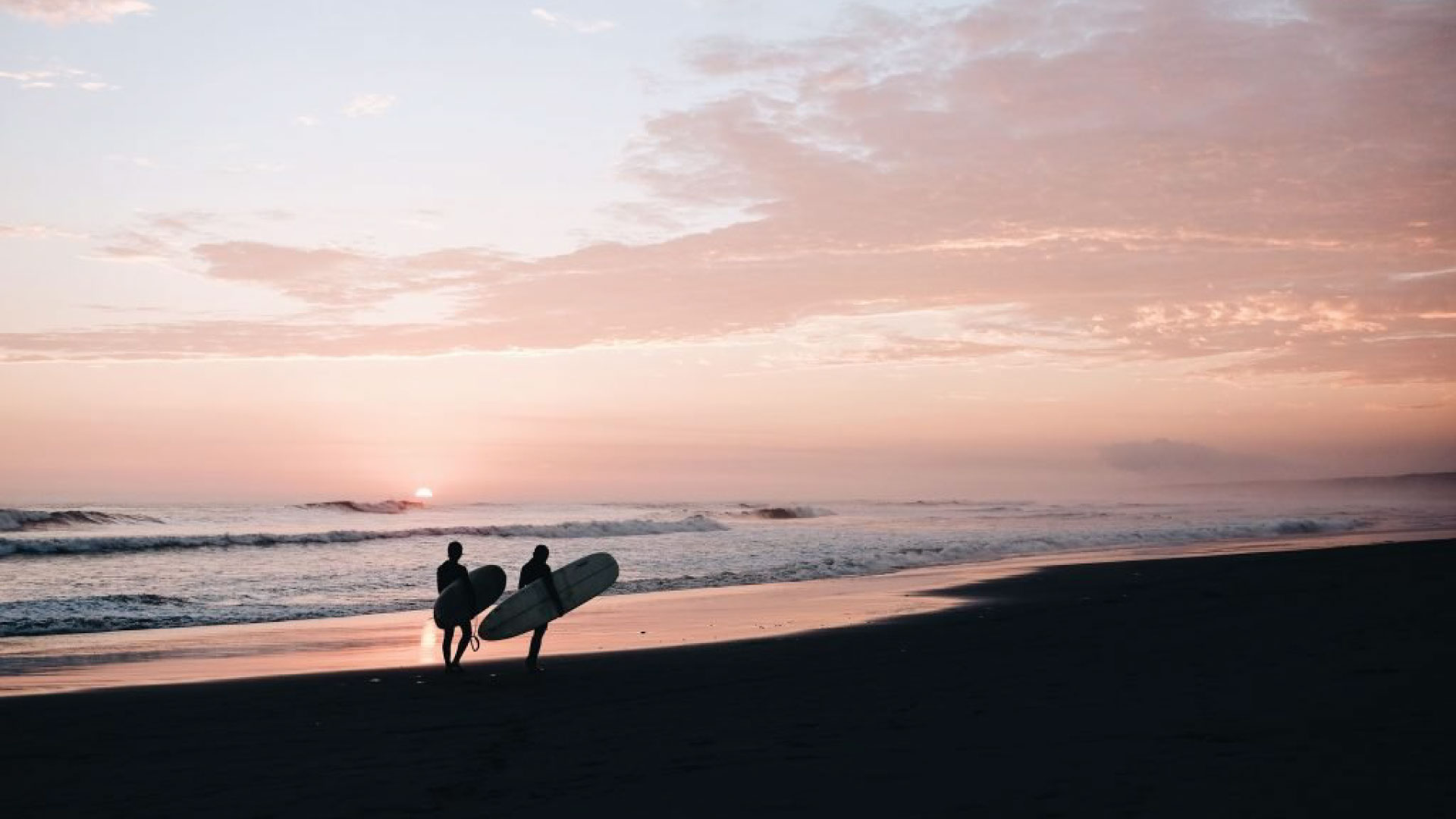Trujillo Peru is the capital of La Libertad department and it is called « The City of Eternal Spring » because the sun shines every day.
Trujillo was founded by Diego Almagro in 1534. He gave this place its name after the city where Francisco Pizarro was born.
Trujillo is located in the north coast of Peru, on the bank of the Moche River. Trujillo has a very fertile valley, which has allowed its fast development since its founding. We can appreciate artistically forged iron grates in the old big houses, which bring a special distinction to the architecture of this lovely city.
Travel to Trujillo and get to know the city of Chan Chan was the capital of the great Chimú kingdom, a pre-Inca culture. It is located in the Moche Valley. Chan Chan is the biggest mud city in the world. It has a 20 km2 area and it can only be compared to the archaeological remains of Teotihuacán in Mexico or to the ancient cities of Egypt.
Some examples of the greatness of this culture are La Huaca del Sol (a 20-meter-high terraced pyramid), La Huaca de la Luna (amazing murals that represent the Mochica rituals) and El Complejo del Brujo (a 30-meter-high and 15 century-old adobe pyramid)
The Moche Valley was a profitable place to found the city of Trujillo. It is the land of the sun and mining and it is also the land of the national dance of Peru – the Marinera- that is a source of pride because of its glamour and sensuality. You should not miss this when you travel to Trujillo.
Know about our suggested trips visiting Trujillo.

Travel to Chiclayo, known as the “Friendship´s Capital”, is one of the most important cities in Peru. It is located in the department of Lambayeque in the north of Peru. It offers a wide variety of tourist destinations such as archeological remains, museums and relics that are part of the country’s ancient past’s heritage and an important part of the history of Peru.
Chiclayo wasn’t founded by Spanish conquerors, it was officially acknowledged as a province thanks to José Leonardo Ortiz, our national hero and it was authenticated as such by decree in April 18th, 1935.
Their ancient inhabitants built the Chimú culture, a great pre-Inca culture. The Chimú established big urban centers and moved their capital to strategic zones. This is where the remains of the Lord of Sipán were found. The Incas managed to conquer the Chimú territory after almost 4 decades in which Pachacútec, Inca Yupanqui and Huayna Cápac intervened.
When we talk about the Lord of Sipán, we’re talking about one of the most emblematic figures of the Mochica culture. The Lord of Sipán was an ancient Mochica ruler from the 3rd century, whose discovery proved far-reaching for world archeology as his tomb was the first royal burial site found intact in South America, and belonging to a Peruvian civilization prior to the Inca Empire. You should not miss this when you travel to Chiclayo.

The Huacachina lagoon is located in Ica, in the department with the same name, south of Lima, capital of Peru.
On your Ica tour, get to know one of its best-known activities is the production of Pisco, a distilled spirit made from grapes with designation of origin from the valley of Pisco, located in this region since the 16th century.
We can also find in the Ica tour, one of the oases of the Peruvian coast: the Huacachina, which is located 5 km from the city and is easily accessible by car. The lagoon emerges due to the upwelling of underground water currents.
The Paracas National Reserve is in Ica, to the north. It preserves a wide diversity of marine species and birds. To the south we can find the famous Nazca lines, enigmatic geoglyphs that date to Nazca culture times.
The confluence between the sea and the desert make the Paracas National Reserve, a coastal paradise in which nest more than 200 species of endemic, resident, and migratory birds of the Humboldt Current, such as the tendril (inca tern).
There are 216 bird species in the Reserve, 7 of which are endemic of the Humboldt current.
While birdwatching is possible throughout the year, we recommended that you visit between January and March to watch the migratory Northern birds.

Paracas & Ballestas islands is in the department of Ica, province of Pisco. This sea side town is attractive because of its weather, beaches and beautiful sea side houses.
Paracas means “sand rain” in Quechua. The city got its name because of the strong winds (up to 32 km/h) carrying sand. Paracas was declared a regional reserve for migratory birds.
On the Paracas tour, the visitors can see different ecosystems, archaeological remains from the Paracas culture, the place where San Martín disembarked and the area’s wide marine fauna diversity (Ballestas islands).
When browsing the Ballestas Islands you will have the possibility to observe a colony of hundreds of sea lions, in addition to different species of birds, both resident and migratory.
In addition, an hour away by car you can visit the Huacachina oasis where it is possible to do different adventure sports such as buggies, sandboarding and paragliding. In addition, if you like nature on the Paracas trip we will have the opportunity to glamp at the top of the dunes and from there observe one of the most starry skies. And if you are a culture lover, don’t miss flying over the Nazca Lines.
And if you want to learn more about our pre-Inca culture from the Pisco-Paracas airport, you can fly over the Nazca lines.

The Nazca Lines are located in Nasca, one of the five districts of the province of Nasca. It is located in the department of Ica in the south of Peru and its capital, Nasca city, is at 585 meters above sea level.
The town was founded in November 28th, 1548 and during the first republic years it received the district category.
Enjoy the tour to Nasca lines and Paracas, which are located in the Palpa and Nasca valleys in the department of Ica. Also known in the scientific world as geoglyphs, the Nasca lines are one of the most important legacies of the pre-Inca cultures. The Nasca lines are huge drawings of animals, plants, objects, humans, gods and geometric shapes on the desert’s sand. The archaeologists and paranormal investigators have suggested different theories about their origins and meaning. Some interpret the lines as a huge astronomic calendar or a place to worship the water built by the Paracas culture, while others attribute their existence to extraterrestrial forces. In 1990, UNESCO declared the Lines and Geoglyphs of Nasca and Pampas de Jumana as World Heritage.
They are the most outstanding group of geoglyphs anywhere in the world and are unmatched in its extent, magnitude, quantity, size, diversity and ancient tradition to any similar work in the world.

Lima, the capital of Peru, was founded on January 18th, 1535. Francisco Pizarro called Lima «the City of the Kings». Lima emerged on the native cacique Taulichusco lands. Nowadays, after almost 5 centuries, Lima has turned into a modern, emerging and developed city that at the same time preserves proudly its convents and colonial buildings, as well as the richness of its historic center that has been declared by UNESCO as Cultural Heritage of Humanity.
On the Lima tours you will know beautiful architectural jewels. For example, the Cathedral of Lima, that was built the same day of the city’s founding, the San Francisco Church and Convent and the San Pedro and Santo Domingo Churches. In addition, the big old houses like La Casa Aliaga that was built over the chapel of the native cacique Taulichusco, as well as the big old house of Goyeneche or house of Rada and the magnificent Torre Tagle Palace from the XVIII century.
Lima also has pre-Hispanic archaeological remains like the Great Sanctuary of Pachacamac where the Pachacamac god was worshiped, and also the Huaca Pucllana (400 a.c) located in Miraflores district. Miraflores is an important administrative center in Lima.
Lima gathers its colonial past, the indigenous culture from which it inherited its name from the Aimara word Limac-Huayta, as well as the modernity that focuses on the future.


Our team will be contacting you as soon as possible.